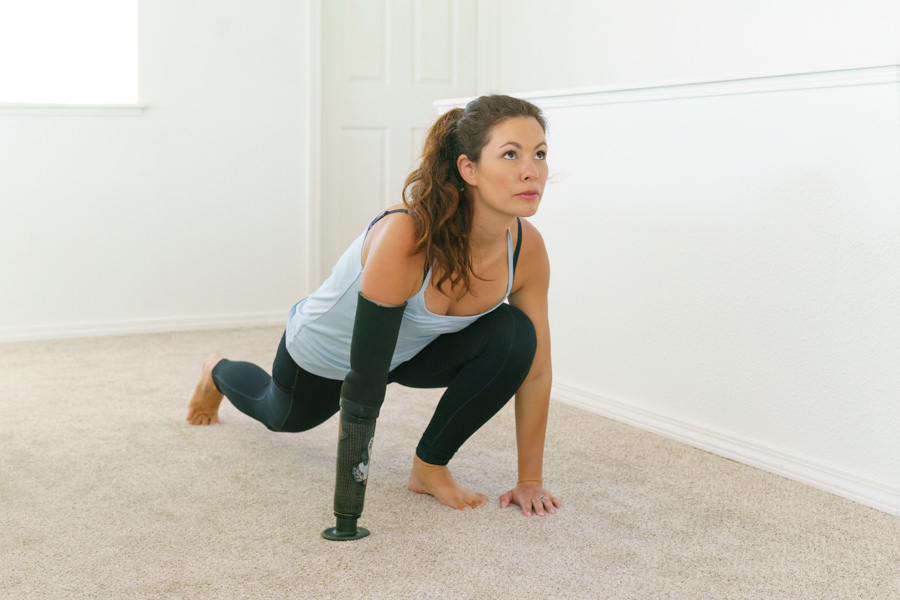Regardless of the manner of amputation, pain will be present in the weeks and possibly months following. Both traumatic and planned amputations require time to heal and the individual needs time to recover. While further surgical options can reduce pain for some, it may not be something everyone can or wants to pursue. Pain medications, including opioids, may not be a long-term option either.
The type of pain people might encounter can vary as well. A person with amputation may experience residual and/or phantom limb pain. Residual limb pain is pain within the portion of the upper limb. Phantom limb pain is pain that feels like it’s occurring in the part of the limb that is missing.
So, what are some alternative pain-reducing techniques to try?
Occupational Therapy
Our Arm Dynamics clinical therapy specialists have experience with recognizing the source and presentation of their patient’s pain. The goal is to have patients be able to wear a prosthesis comfortably and efficiently for as long as they need, and pain can be a barrier to success in this area. From scar management to edema (swelling) control to desensitization protocols (seen in the picture below), a clinical therapy specialist can provide both early interventions like the ones listed above, and identify and address other problems like overuse issues.
Graded Motor Imagery / Mirror Therapy
Graded Motor Imagery and mirror therapies can work wonders for anyone experiencing phantom limb pain. Laterality identification, or left/right discrimination exercises, is one part of graded motor imagery. After amputation, the brain may have difficulty translating the new input from the affected part of the body. This change may cause pain, both residual and phantom. These therapies may reduce pain by creating new pathways for the brain that regulate and normalize input from the affected area.
Motor imagery exercises involve watching one’s sound hand go through movements and then closing one’s eyes while imagining the affected hand going through the same movements. Ideally, a patient would receive specific instructions from a clinical therapy specialist before attempting these exercises.
Mirror therapy involves the use of a mirror box (seen below) or a body-length mirror positioned correctly to replicate the image of the affected limb, making it appear to the patient like their affected limb is sound again. This can help “rewire” the brain and reduce phantom limb pain.
Exercise, Yoga and Tai Chi
The benefits of exercise are many, but in terms of pain management, it can help interrupt feelings of pain with feelings of euphoria. Slow exercises like yoga and tai chi can help with pain, in part, because the breathing techniques are also pain management techniques. Low impact exercises like swimming, cycling or even walking can still provide pain reduction benefits.
Massage
After an amputation, your whole body is affected. It can take a long time for both the nerves in the body and the pain receptors in the brain to sort themselves out. Massage has many benefits for the body and can also relieve stress and anxiety. Patients should be sure to speak with their clinical therapy specialist or their physician about what type of therapeutic massage would serve them best.
Our Arm Dynamics centers provide holistic prosthetic care for each of our patients. It matters to us how the patient is feeling, what kind and how much pain they are experiencing, and how we can best mitigate that pain. We help the patient with their life and work goals to get them back to where they want to be or help them move forward and make new plans. If you or someone you know is experiencing pain after an upper limb amputation and would like to learn more about how we can help, please contact us.








%20President%20and%20Senior%20Clinical%20Director.jpg?width=600&height=600&name=John%20M.%20Miguelez%2c%20CP%2c%20FAAOP(D)%20President%20and%20Senior%20Clinical%20Director.jpg)










No Comments Yet
Let us know what you think